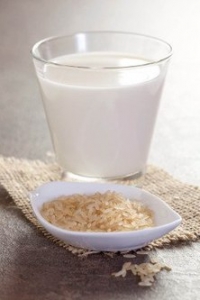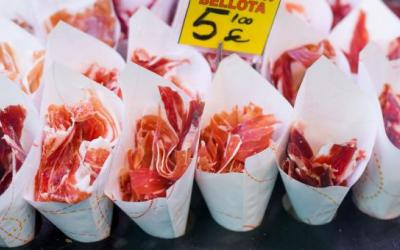New video on our channel: Myths and Truths about Camels. What's in a Camel's Humps? Camel Breeds, Hybrids, Types, and Species.

Camel breeding in Kazakhstan: MILK , MEAT , wool, hybrids, science, and traditions. The experience of the eminent Kazakhstani scientist Dastanbek Asylbekovich Baimukanov on camels and their role in steppe culture.
In this video, we reveal all about camels and camel breeding in Kazakhstan. Dastanbek Asylbekovich shares his practical experience and scientific knowledge accumulated over decades of working with these unique animals.
You'll learn about camel breeds, the differences between single-humped and two-humped camels, their climate tolerance, and the specifics of pasture management. We'll also explore steppe feeding in detail, whether it makes sense to fatten camels, and discuss fat accumulation in the humps, water reserves in the stomach sacs, and the phenomenal endurance of camels.
A separate section is devoted to milk and its properties: the fat content of one-humped camels (dromedaries) is approximately 3.5%, while that of Kazakh Bactrian camels (two-humped camels) is 5% or higher, and in some breeds it reaches 5.6–5.8%. Processed milk products, from shubat to cheesemaking, are discussed. Issues of meat, leather, and wool are touched upon, as well as the traditions of their use in the home and everyday life.
Much attention is paid to animal behavior: their caution, memory, reactions to people, and physiological characteristics. You'll see that a camel's foam often indicates anxiety rather than aggression, and you'll learn about the role of the "sac" in males during sexual arousal.
An important part of the video is devoted to hybridization. The generations are analyzed in detail: the first generation consists of nar (males) and narmaia (females), and the second generation consists of kospak 1 with a modified hump shape. We'll explore the purpose of hybrids and what can be done to prevent hybridization from leading to degeneration.
This video will be of interest to farmers, agricultural students, scientists, and anyone interested in the traditions and modern methods of camel breeding in Kazakhstan.
⚡️In this video you will learn:
✔️Camel breeding in Kazakhstan: traditions and modern times.
✔️Types of camels: single-humped and two-humped.
✔️What types of camels are there in Kazakhstan
? ✔️Camel adaptation to steppe pastures and climate.
✔️Fat in the humps and its importance for survival.
✔️The unique stomach of the camel and its water reserves.
✔️Camel milk and its beneficial properties.
✔️Fat content of milk in dromedaries and Kazakh Bactrians.
✔️Shubat, cheese, and camel milk products.
✔️Using camel wool, leather, and meat.
✔️What does foam on a camel mean?
✔️The "sack" of males during the mating season.
✔️What types of camel hybrids are there and what are their names: nar, narmaia, kospak, keznar.
Read together with it:
- He crawled to the icon with prayer. The true story of a man who overcame drug addiction.Alexander Ovchinnikov. Topic News. Our project's hero was a drug addict for many years. The thought that this was a dead end never left him, but his addiction proved stronger. One day, when he could no longer walk, he crawled to an icon in prayer. This became his first step toward a new life. Today, he heads a charity center that helps those who have given up hope and are unable to quit ALCOHOL an...
- Низкое предложение и устойчивый спрос: в Аргентине растут цены на мясоЦены на говядину снова выросли, что отразилось на полках супермаркетов и в мясных магазинах. За последние две недели розничные цены выросли на 8–12%, а на некоторые популярные отрубы рост превысил 15% по сравнению с октябрем. Тем не менее, продажи остаются высокими: потребители продолжают покупать, принимая новые цены и закрепляя тенденцию, которая повторяется каждый год в конце года, когда спрос ...
- Смоленская область — лидер России по производству крольчатиныВ интервью «Агроэксперту» заместитель председателя регионального правительства Алексей Кучумов отметил, что регион достиг самодостаточности по таким продуктам, как яйца, мясо и картофель, превышая уровень 100%. Кроме того, Смоленская область занимает первое место по посевным площадям льна, а также активно развивает молочное животноводство, с общим поголовьем более 1......
- Wild boar meat: a sustainable solution for pest controlThis problem isn't unique to our region or country. As veterinarian and specialist Ignacio Zeledon explained, "Where there's water, there are pigs." And the truth is, its spread is noticeable worldwide and represents one of the world's most complex environmental and economic challenges. The wild boar (Sus scrofa) is an invasive alien species, listed among the 1......




























































